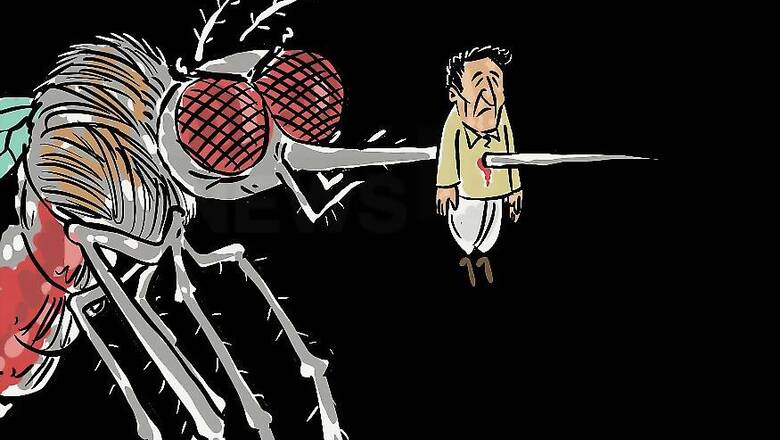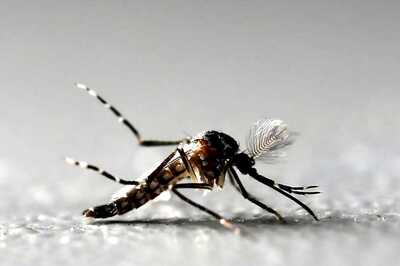
views
Small and deadly could be the apt description for mosquitoes. Did you know that Aedes aegypti and Aedes albopictus— the two main disease-spreading mosquitoes — will pose a threat to 49 per cent of the world’s population? Well, that’s what a report prepared by a team of international researchers say. The tiny creatures cause diseases varying from the potentially-fatal Zika virus and Dengue to Chikungunya which can leave people grappling with joint pain for years.
“If no action is taken to reduce the current rate at which the climate is warming, pockets of habitat will open up across many urban areas with vast amounts of individuals susceptible to infection,” Moritz Kraemer, co-author of the report and an infectious disease scientist at Boston Children’s Hospital and the University of Oxford, had said earlier this year.
To counter the threat posed by vector-borne diseases, the World Health Organisation suggests a number of measures for protection from mosquitoes at the individual as well as community level.
To identify the dwelling places of mosquitoes, it is important to understand that the first three of the four distinct stages of their lives are spent in water.
- Depending on the species, an adult female mosquito lays around 100-400 eggs in clusters or singly on the surface of the water. The female mosquito may live as long as three weeks during the summer or several months over the winter in order to lay eggs when it gets warmer.
- After they hatch into larvae within two to three days, the adult mosquitoes rest on the surface of the water until they are strong enough to fly away.
Here are the places mosquitoes breed in and around home
This is why any stagnant water body— marshes, pools, ponds and even buckets of water and other containers of water— near or in your house are breeding grounds for mosquitoes. Air coolers can also prove to be effective breeding grounds for mosquitoes if they are not cleaned or the water is not replaced regularly.
Potted plants, discarded tires, gutters, water puddles, birdbaths, uncovered trash cans, tree stumps, woodpiles, paddy and rice field, neglected swimming pools, storm drains, ditches also provide homes to mosquitoes. It is also important to keep bathrooms and toilets clean as these damp and wet places provide the ideal environment for mosquitoes to breed.
Mosquitoes also rest in tall grass, weeds, and brush near inhabitations.



















Comments
0 comment